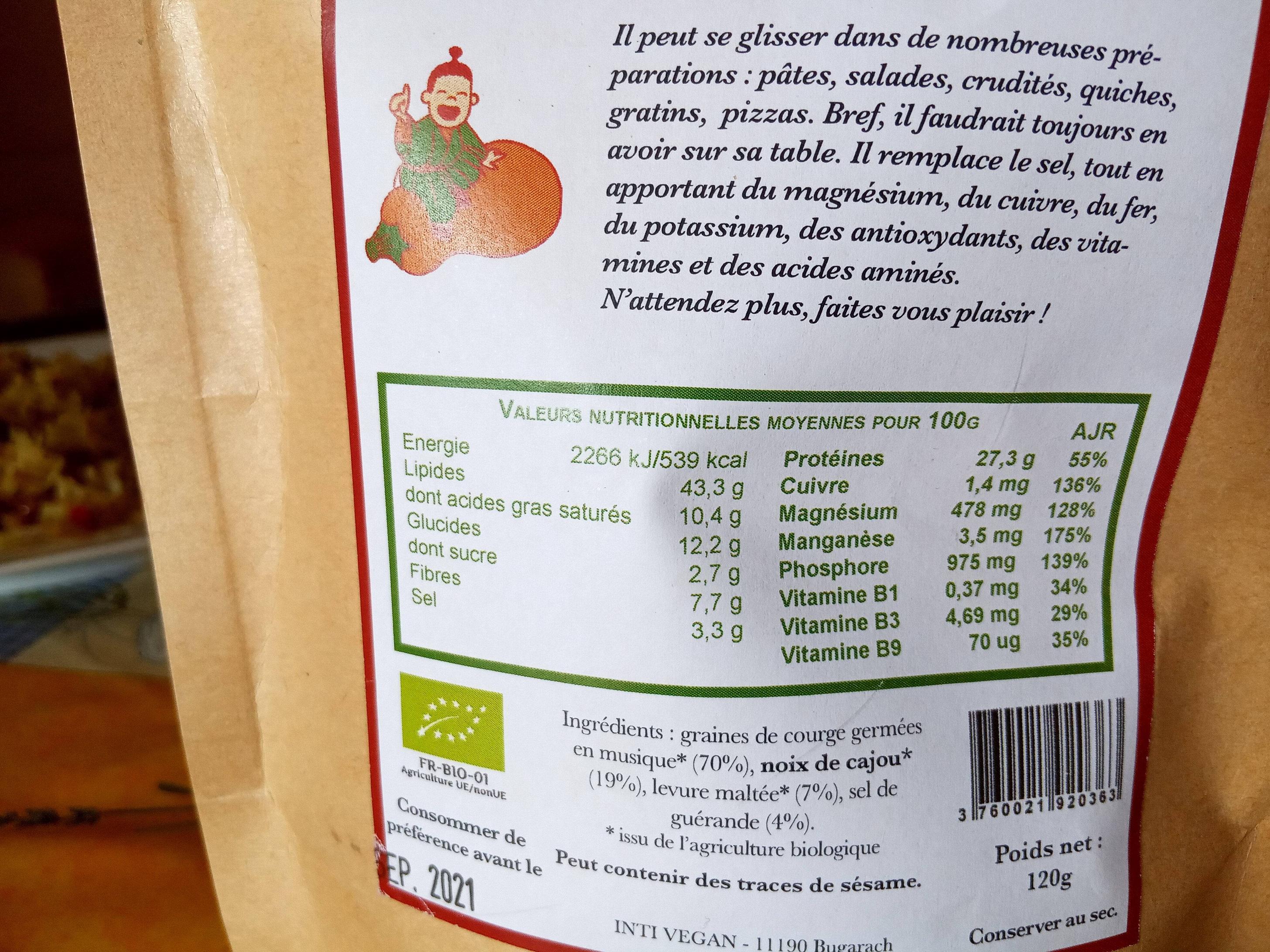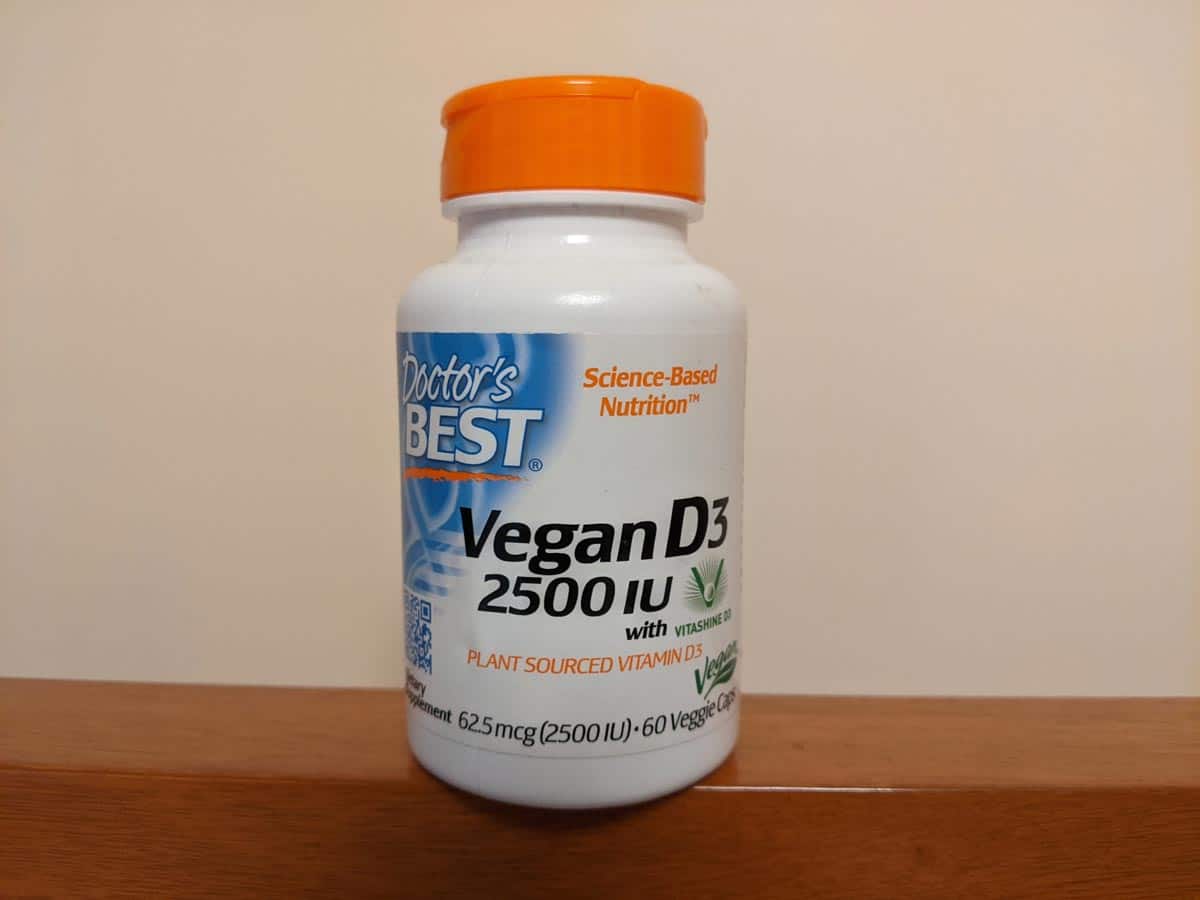
A vegan school meal is one that's vegetarian- or vegan-friendly and is provided to students. These school lunches are also known as "vegan school dinners" and "vegan hot meals." These meals may be offered by some school districts as part their regular menu. There are a number of reasons to serve vegan food to your students.
Plant-Based School Kitchens
The rise in awareness of the benefits and health of vegan food is leading to a rising number of vegan school kitchens. The purpose of these kitchens, which are nutrient-rich and healthy, is to provide nutritious meals for students that promote healthy eating habits and increase environmental awareness. According to a survey of parents, 81 per cent said they would like more vegetarian options in the lunchboxes or school dinners for their children. Plant-based diets may not only help protect young adults' health but can also increase academic performance through better nutrition.
Our Lady of Sion school in Worthing, West Sussex is one school that has implemented a plant forward school kitchen. Plant-Based School Kitchens has partnered up with the school to offer vegan lunch options for students. The Vegan Society supports students' choice of a hot meal from the company’s menu. The kitchens also offer a variety of vegan desserts.

East End Community School
East End Community school is vegan, and its meals are plant-based. It serves immigrants as well as low-income families. It meets the state's 40% free-lunch threshold and announces good morning in 23 languages. The school is committed to the environment, and has installed a green roof.
Portland's food service manager is updating its lunch menu with more vegan options. Parents of children who do not eat animal products demanded better options. With this in mind, McLucas and her team created a vegan menu that caters to the specific needs of kids with dietary restrictions. The new menu will launch in September.
Hagaskolan
One of the earliest schools of its kind in Nordic countries, Hagaskolan is a vegan school. The school educates students from the ages 6 to 15. It employs more then twenty staff members, and provides 100% vegan meals. The school also has a vegan daycare. The school's curriculum emphasizes sustainability and ethical principles.
Sarah Brown established Hagaskolan as a school in 1982. It was once known as the Cordon School and became a Vegan school in 2015. Its programs are helping schools to educate about nutrition and have helped to create a fully vegan cafeteria. But, despite these benefits, there remain questions about veganism.

Meatless Mondays
New York City schools will now offer Meatless Monday at all its schools. The City believes every child should have access to healthy and culturally relevant meals at school. This initiative is a crucial step towards making that happen. Pamela Koch (executive director, Laurie M. Tisch Center for Food Education and Policy Teachers College, Columbia University) believes that Meatless Mondays should be extended to all schools to ensure that students have access to healthy and culturally relevant meals.
Meatless Tuesdays is an extension the City's Free School Lunch for All initiative. It provides free lunches and breakfasts to students from public schools. The program has served more than 150,000,000 meals to city students since its inception in 2017. In addition, the DOE offers free meals during the summer to all New Yorkers under age 18 through the Summer Meals program. Many schools have also adopted Meatless Mondays to help reduce their environmental footprint.
FAQ
How can I tell what is good for me?
Your body is your best friend. Your body is the best judge of how much exercise, food and rest you should get. It's important to pay attention to your body so you don't overdo things. Take care of yourself and listen to your body.
Which lifestyle is best for your health?
Living a healthy lifestyle is one that encourages you to eat well, exercise regularly, get enough sleep, and avoids stress. If you follow these guidelines, you will be able to lead a long and healthy life.
It's easy to start small with your exercise and diet. For example, if you want to lose weight, try walking for 30 minutes every day. Or, if you want to get more active, take up swimming or dancing. An online fitness program, such as Strava and Fitbit, can help you track your activity.
How often should i exercise?
Exercise is essential for maintaining a healthy lifestyle. You don't have to exercise for a certain amount of time. Find something you like and stay with it.
If you exercise three times a week then aim for 20-30 mins of moderate intensity. Moderate intensity will mean that you'll continue to be exerting yourself afterward. This type works out burns around 300 calories.
For those who prefer to walk, you can go for 10-minute walks four times a week. Walking is easy on the joints and has low impact.
You can also run for 15 minutes, three times per week. Running is an excellent way to lose weight and tone your muscles.
Start slow if it's your first time exercising. Start with just 5 minutes of cardio a few times a week. Gradually increase your cardio duration until reaching your goal.
Statistics
- WHO recommends consuming less than 5% of total energy intake for additional health benefits. (who.int)
- According to the Physical Activity Guidelines for Americans, we should strive for at least 150 minutes of moderate intensity activity each week (54Trusted Source Smoking, harmful use of drugs, and alcohol abuse can all seriously negatively affect your health. (healthline.com)
- nutrients.[17]X Research sourceWhole grains to try include: 100% whole wheat pasta and bread, brown rice, whole grain oats, farro, millet, quinoa, and barley. (wikihow.com)
- The Dietary Guidelines for Americans recommend keeping added sugar intake below 10% of your daily calorie intake, while the World Health Organization recommends slashing added sugars to 5% or less of your daily calories for optimal health (59Trusted (healthline.com)
External Links
How To
What does the term "vitamins" mean?
Vitamins can be described as organic compounds found in food. Vitamins are essential for our bodies to absorb nutrients from the foods we eat. The body cannot make vitamins; therefore, they must be obtained from food.
There are two types vitamins: water soluble or fat soluble. Water-soluble vitamins dissolve easily when they are dissolved in water. Examples include vitamin C,B1 (thiamine), B2 (riboflavin), B3 (niacin), B6 (pyridoxine), folic acid, biotin, pantothenic acid, and choline. The liver and fatty tissue are the main storage places for fat-soluble vitamins. These include vitamin D, E and K, as well as beta carotene.
Vitamins are classified according to their biological activity. There are eight major groups of vitamins:
-
A – Essential for normal growth, and the maintenance of good health.
-
C – essential for proper nerve function.
-
D - necessary for healthy bones and teeth.
-
E is required for good vision and reproduction.
-
K - required for healthy muscles and nerves.
-
P - essential for strong bones, teeth and tendons
-
Q - Aids in digestion and absorption.
-
R - Red blood cells are made from red blood cells.
The recommended daily allowance (RDA), for vitamins, varies based on gender, age, and physical condition. The U.S. Food and Drug Administration sets RDA values.
For example, the RDA for vitamin A is 400 micrograms per dayfor adults 19 years or older. Pregnant mothers need 600 micrograms a day to ensure fetal growth. Children ages 1-8 require 900 micrograms per day. Babies under one-year old need 700 micrograms per daily. Between 9 and 12 month, however, this drops to 500 mg per day.
Children aged 1-18 require 800 micrograms of sugar per day, while those who weigh more than 1200 need 1000. For their nutritional needs, underweight children need 1200 mg per day.
Children 4-8 years old with anemia will need 2200 mg of vitamin D daily.
Adults over 50 years of age need 2000 micrograms per day for general health. Breastfeeding or pregnant women require 3000 micrograms per daily due to higher nutrient demands.
Adults over 70 years of age need 1500 micrograms per day since they lose about 10% of their muscle mass each decade.
Women who have been pregnant or are lactating require more than the RDA. Pregnant women need 4000 micrograms per dayduring pregnancy and 2500 micrograms per day after delivery. Breastfeeding mothers need to consume 5000 micrograms each day when breastmilk has been produced.